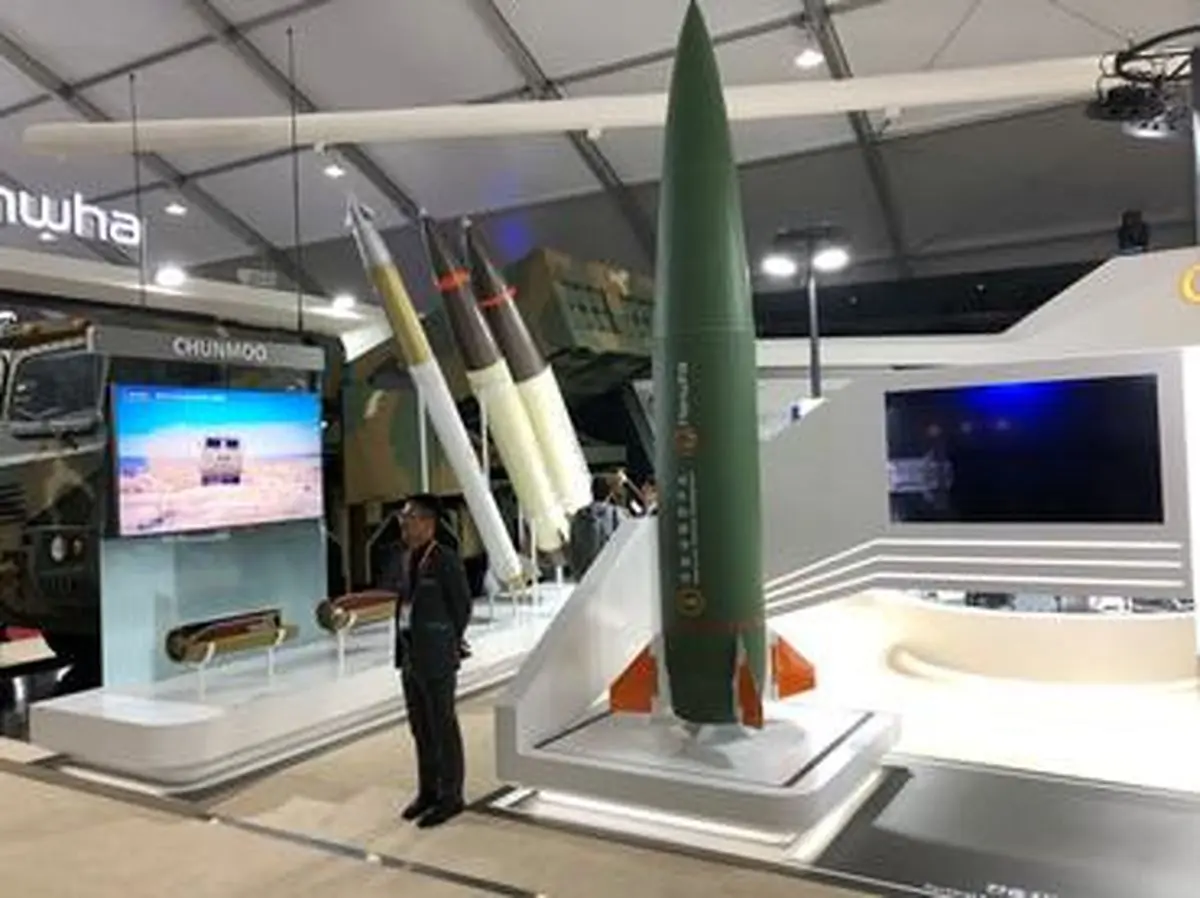Inter-Korean missile race may leave North Korea with tactical nuclear weapons

North Korea has surged ahead during recent years in an inter-Korean arms race that has led to a proliferation of short-range missiles on the peninsula and left Pyongyang closer than ever to deploying tactical nuclear weapons.
North Korea’s years-long quest to develop precision missiles capable of evading detection and striking targets in South Korea has accelerated in the wake of the country’s 2018 self-imposed moratorium on testing its larger intercontinental ballistic missiles (ICBMs).
Meanwhile, a 2017 agreement between Washington and Seoul lifted bilateral limits on South Korean missile payloads, leading to the development of at least one heavier weapon that could play a key role in strategies aimed at preempting North Korean attacks or “decapitating” its leadership.
The new missiles tested by North Korea last week appear aimed at matching or surpassing South Korea’s quietly expanding arsenal, and are the first such tests since leader Kim Jong Un declared in January that the country could miniaturise nuclear warheads to fit on tactical weapons, underscoring the high stakes for the Biden administration as it mulls options for reducing tensions.
South Korean officials see bigger and better short-range ballistic missiles (SRBMs) as a way to reduce their dependence on the United States, which stations around 28,500 troops in South Korea.
In a speech last year, South Korean Defence Minister Jeong Kyeong-doo boasted that the country had developed a missile with “sufficient range and the world’s largest warhead weight to protect peace on the Korean Peninsula,” referring to the new Hyunmoo-4’s 800-kilometre range and 2-ton payload.
It was likely no coincidence, analysts noted, that North Korea said its newest SRBM could carry a 2.5-ton warhead.
In a statement on Tuesday, Kim Yo Jong, the leader’s sister and a powerful politician in North Korea, cited Jeong’s speech in defending the North’s right to develop its own missiles.
“As Seoul has developed new capabilities of this type, Pyongyang has been close behind,” said Joshua Pollack, a researcher at the James Martin Center for Nonproliferation Studies (CNS) who co-wrote a report last year warning that advances in conventional, precision strike missiles in both Koreas have helped create a new pathway for a crisis to escalate into war.
TACTICAL NUCLEAR WEAPONS?
North Korea says its missiles are for self defence, and has accused South Korea and the United States of threatening its safety with joint military drills, arms purchases, and other hostile policies.
At January’s ruling party congress, Kim announced that North Korea had accumulated technology to “miniaturise, lighten and standardize” nuclear weapons.
The South’s spy agency concluded the latest missiles could carry nuclear warheads, though it was unclear whether they had ever been installed, a lawmaker briefed by intelligence officials said on Monday.
“Even short-range North Korean ballistic missiles should be considered nuclear-capable, based on North Korea’s own words,” said Markus Garlauskas, a senior fellow with the Atlantic Council and former U.S. national intelligence officer for North Korea.
Once the technology is mastered, nuclear warheads can be lighter than conventional ones, said Markus Schiller, a missile expert based in Europe.
“A missile does not care the least if it carries a nuke, a load of TNT, or a piano - only the weight is important,” he said.
North Korea’s latest missiles have also demonstrated a capability for flying low and “pulling up” shortly before reaching their target, making them harder to detect and intercept, said Joseph Dempsey, a defence researcher at the International Institute for Strategic Studies.
“If fielded, these new type of SRBMs would allow North Korea to strike specific targets within South Korea with a much higher degree of accuracy (than older variants),” he said.
On Friday, 38 North, a U.S.-based think tank, reported that satellite imagery showed activity at a shipyard suggesting the North’s new ballistic missile submarine, under construction for several years, may be nearing completion.
END
